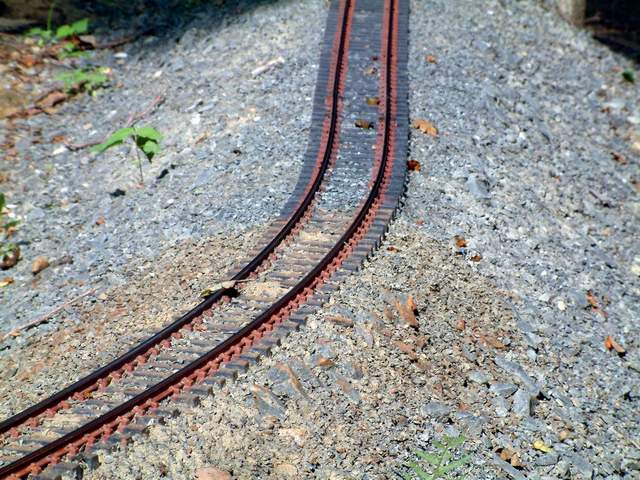I was just cleaning up the railroad getting ready for the new stuff and noticed that most of the ballast is not even close to the roadbed anymore. Even though I used the stone dust - crusher fines - whatever, it just seems to wash away in the rain.
I put down pounds of this stuff and every year I have to repeat the application.
I am left to wonder if it’s even worth it.
I know it looks very nice when newly applied but I’m thinking of some changes for the future. Ideas?



